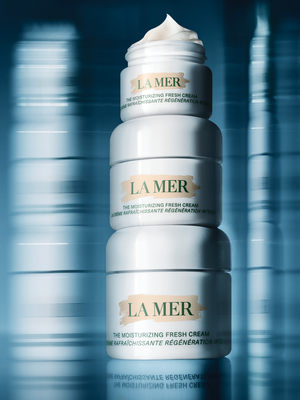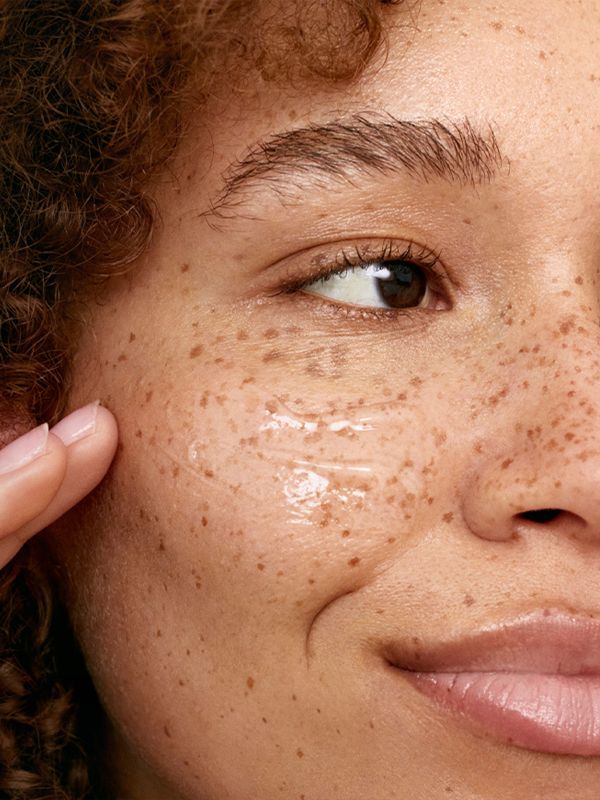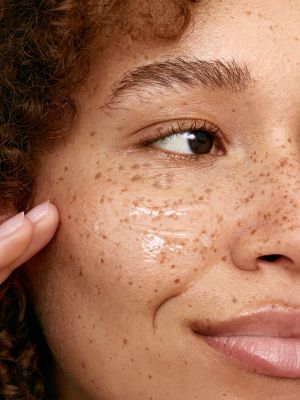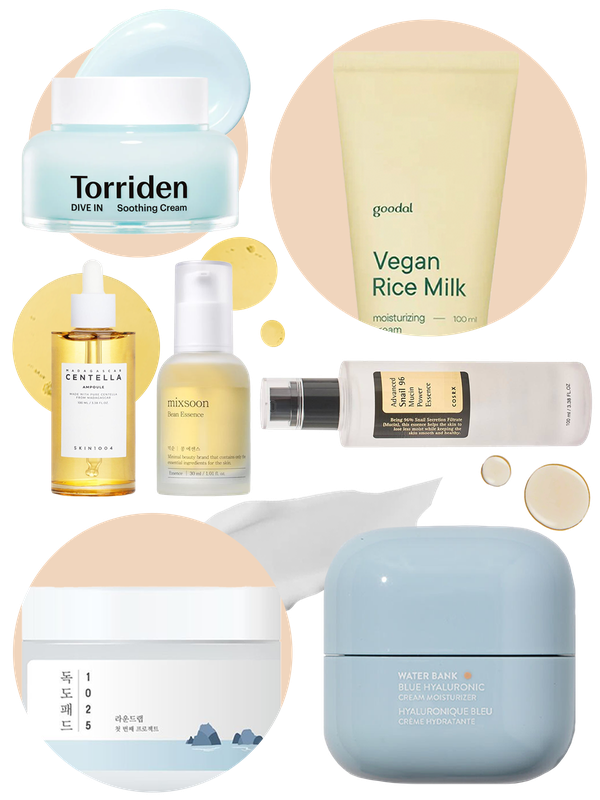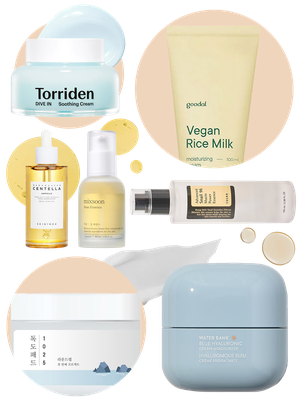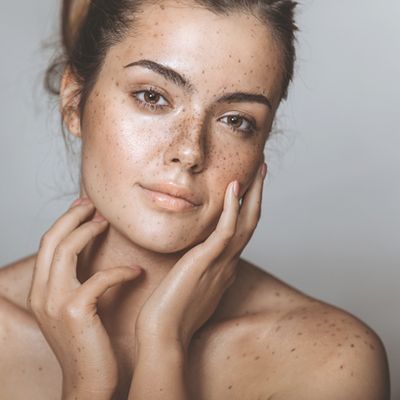
What Your Spots Mean Based On Where They Are
Forehead
If you’re ingesting a lot of sugar or foods containing large amounts of saturated fats, it’s likely to show up on your forehead as this area is closely linked to your diet and digestion. “A good rule of thumb is to stay away from fried foods, foods that are high in sugar and dairy products. Eating a balanced diet that is rich in fruits and vegetables is always advised for optimum health, alongside supplements such as zinc and probiotics which will help ward off acne,” says Dr Gary Goldfaden dermatologist and creator of Goldfaden MD cosmetics. Be sure to also drink a lot of water, as this will help to detox the body.
It can also come down to what we’re using on our hair as well as our face – products we use to improve our strands can easily transfer down and ruin the skin on our face, Dr Anjali Mahto, Consultant Dermatologist & British Skin Foundation Spokesperson, says. “Certain styling products, such as oils and waxes, can cause forehead acne, particularly blackheads or whiteheads because they block the pores. If your hair is very oily, this may further aggravate the problem.”
Cheeks
While breaking out on your cheeks can be related to a number of underlying issues such as overconsumption of dairy, it is most frequently associated with external factors like bacteria, which are likely to come into contact with your skin from using your phone or touching your face. “Be aware of how much you are touching this area,” says Dr Goldfaden. “Always clean your mobile phone or anything that could come into contact with your cheek. It’s also important to make sure you clean all makeup brushes thoroughly as to not spread bacteria.”
Dr Anjali Mahto, dermatologist at the Cadogan Clinic, concurs with this sentiment: “Touchscreens contain large numbers of bacteria on their surface. Placing your phone against your cheek creates pressure that may activate your oil-producing or sebaceous glands. Combine this with heat generated from the phone and bacteria on the phone’s surface, and acne can occur.” Pillowcases are also a seemingly innocent contender but can spread bacteria onto your face if they are not properly or regularly washed.
Nose
Your pores are largest around your T-zone – particularly across the nose – which is why it’s easier for blemishes to form here if you are using the wrong products. Comedogenic makeup and skincare can block pores which leads to breakouts, so be mindful of the ingredients within your products and what you are using on this area. Too much oil in your diet may also play a part so cut back on greasy, processed foods as much as possible.
Chin & Jawline
“Chin or jawline breakouts are typically hormonal,” explains Dr Goldfaden. “It can be hormonal changes or imbalances related to birth control, the menstrual cycle, pregnancy and menopause.” Stress can also have a detrimental effect on your hormones and thus your skin. “When stress levels rise the body produces more stress hormones, which can cause an overproduction of oil, leading to breakouts,” he says.
To target this, Dr Mahto suggests upping your regime and including some well-known spot-fighting ingredients: “Cleanse your face twice a day with a face wash designed for acne-prone skin. Products that contain salicylic acid and zinc may be beneficial. Exfoliate your skin weekly – this will remove the upper layer of skin cells, resulting in a brighter complexion and help reduce blackheads.”
DISCLAIMER: We endeavour to always credit the correct original source of every image we use. If you think a credit may be incorrect, please contact us at info@sheerluxe.com.

